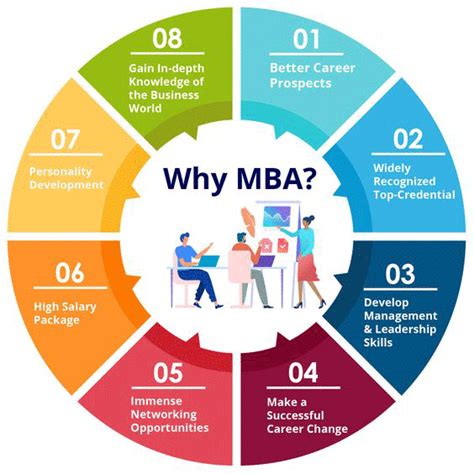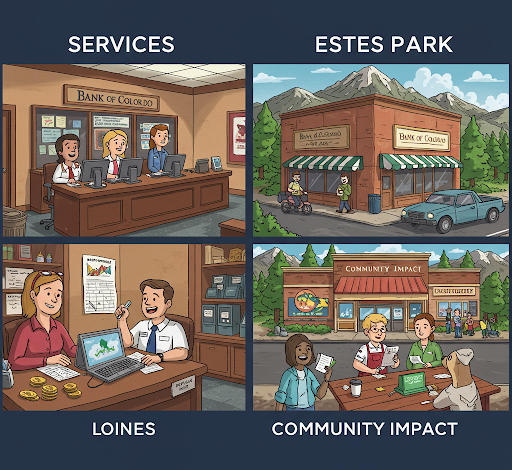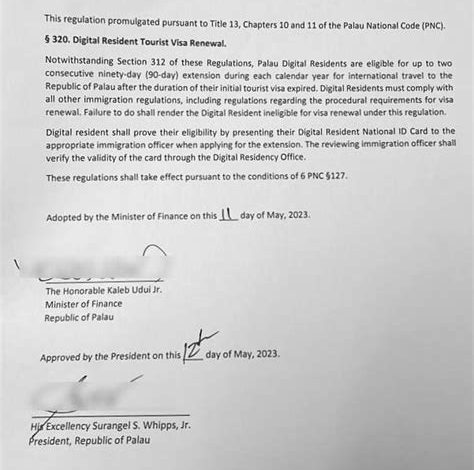Introduction

Pursuing a graduate degree is a significant decision that can impact your career trajectory and personal growth. If you’re considering a master’s degree in business (MBA) or public administration (MPA), this comprehensive guide will provide you with insights into each program to help you make an informed choice that aligns with your goals and aspirations.
Master of Business Administration (MBA)
What is an MBA?
An MBA is a graduate degree designed to equip individuals with the knowledge and skills necessary for success in business leadership and management. It typically covers core business disciplines such as finance, marketing, operations, accounting, and strategic management.
Benefits of an MBA:
- Increased earning potential: According to the Graduate Management Admission Council (GMAC), the median annual salary for individuals with an MBA is $130,000, which is significantly higher than the median salary for those with only a bachelor’s degree.
- Career advancement: An MBA can open doors to senior-level management positions, consulting roles, and other leadership opportunities.
- Enhanced business acumen: An MBA program provides a comprehensive understanding of how businesses operate, giving graduates the ability to make informed decisions in a variety of business contexts.
- Networking opportunities: MBA programs typically offer extensive opportunities for students to connect with industry professionals, alumni, and fellow classmates, expanding their networks and building valuable relationships.
Master of Public Administration (MPA)
What is an MPA?
An MPA is a graduate degree designed to prepare individuals for leadership roles in the public sector. It focuses on understanding public policy, organizational management, and financial stewardship within government agencies and nonprofit organizations.
Benefits of an MPA:
- Public service impact: An MPA enables graduates to make a positive impact on society by working in fields such as government, healthcare, education, and social welfare.
- Leadership in the public sector: MPA programs provide a foundation for individuals to assume leadership roles in organizations that serve the public interest.
- Policy development and implementation: An MPA equips graduates with the skills to develop, analyze, and implement public policies that address complex societal issues.
- Financial management in the public sector: MPA programs cover the intricacies of public sector budgeting, accounting, and financial management, ensuring that graduates can manage resources effectively.
MBA vs. MPA: A Comparison
Table 1: Comparison of MBA and MPA Programs
| Feature | MBA | MPA |
|---|---|---|
| Focus | Business management and leadership | Public sector management and policy |
| Career opportunities | Private sector, consulting | Government, nonprofit, public sector |
| Median salary | $130,000 | $90,000 |
| Duration | Typically 2 years | Typically 2 years |
| Program length | Full-time, part-time, online | Full-time, part-time, online |
| Curriculum | Finance, marketing, accounting, operations, strategic management | Public policy, organizational management, financial stewardship |
Step-by-Step Approach: Choosing Between an MBA and MPA
- Identify your career goals: Consider your long-term career aspirations and determine if you want to work in the private sector, public sector, or both.
- Research programs: Explore different MBA and MPA programs to find those that align with your interests and career goals. Consider factors such as reputation, curriculum, faculty, and location.
- Meet with admissions officers: Attend virtual or in-person meetings with admissions officers to learn more about the programs, application process, and career support services.
- Apply to programs: Submit your applications on time and provide comprehensive information about your academic background, professional experience, and career goals.
- Make your decision: Carefully consider the acceptance letters you receive and select the program that best meets your needs and aspirations.
Conclusion
Both MBA and MPA programs offer distinct advantages for individuals seeking to advance their careers in business or public service. By understanding the key differences between the two programs and following a structured approach, you can make an informed decision that will set you on the path to success in your chosen field.











